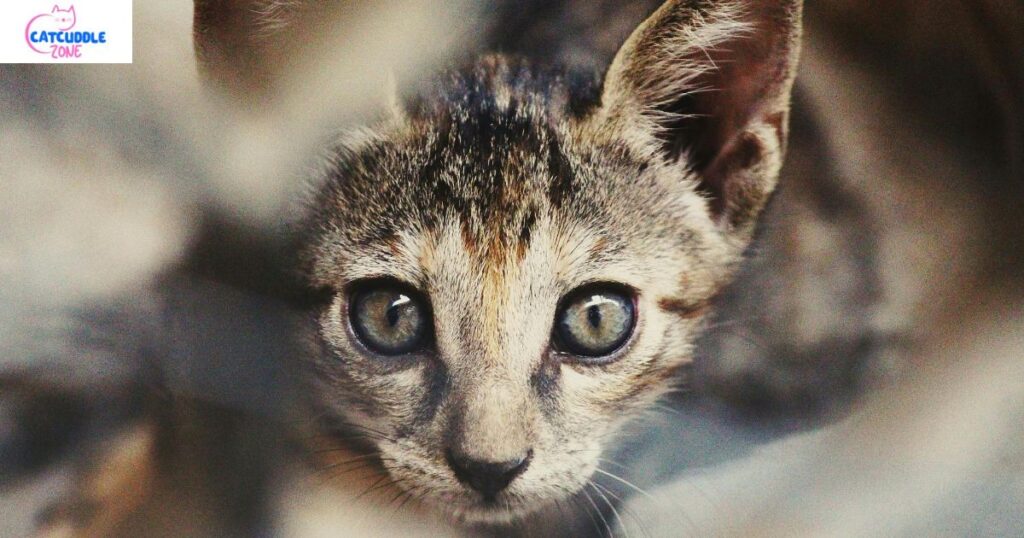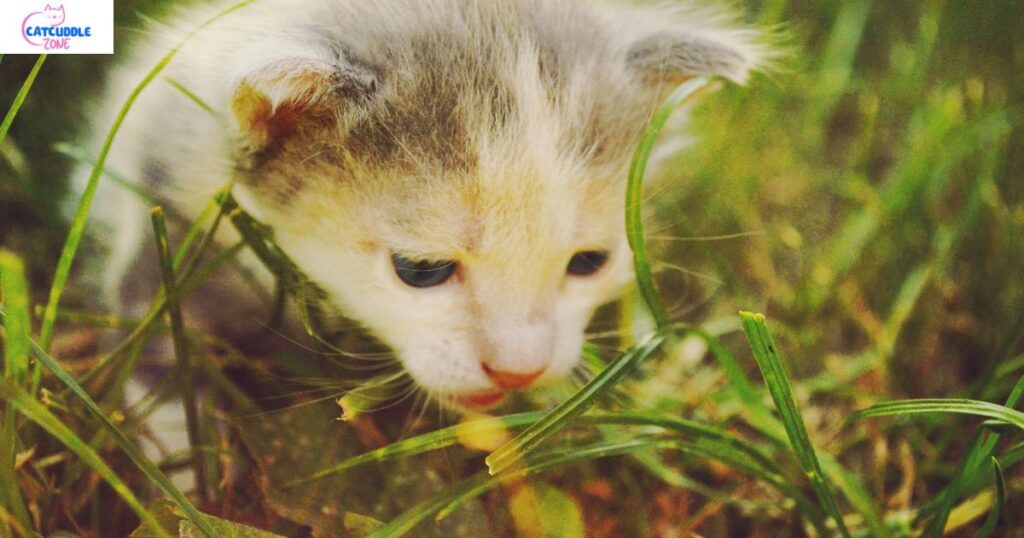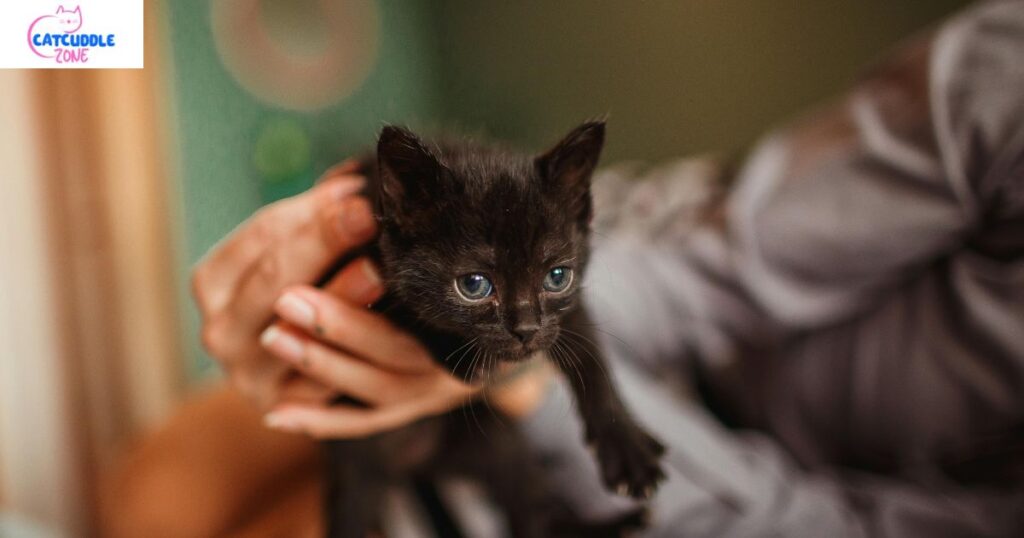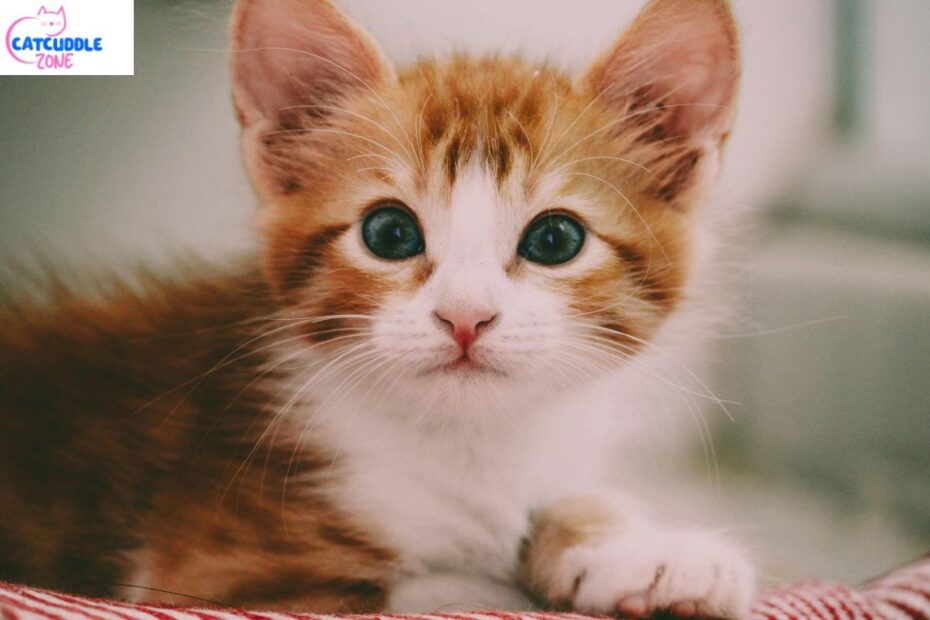Many cat owners wonder, “Why is my cat so small?” when they notice their pet doesn’t match the size of others. In reality, feline size can depend on many factors such as breed, nutrition, health, and overall cat growth. Some cats are naturally petite and perfectly healthy, while others may struggle with stunted growth in cats caused by diet issues, genetics, or illness. Understanding kitten development stages and monitoring your cat’s progress can help spot concerns early. Using tools like a kitten growth chart and regular vet visits ensures your pet is on track toward a healthy cat size, even if they stay small.
What Is Considered a Normal Cat Size?
The average adult cat weight (10 pounds) is often quoted, but not all cats fit this number. In the U.S., most cats range between 8 to 12 pounds, yet cat size by breed can cause huge differences. For example, small breed cats like the Singapura may weigh only 5 pounds, while a Maine Coon can exceed 20. When asking how big should my kitten be, the answer often depends on both genetics and diet.
A kitten growth chart offers guidance. As a rough rule, a kitten should weigh about 1 pound for each month of age until ten months old. This means a 4-month-old kitten should be near 4 pounds. Alongside numbers, the body condition score (BCS) helps judge a healthy cat size. A vet uses the BCS to see if ribs are easy to feel, the waist is visible, and the cat’s body looks balanced.
| Age (Months) | Kitten Weight by Age | Expected Growth Notes |
| 1 | 1 lb | Steady daily kitten weight gain (100 grams) |
| 3 | 3 lbs | Active kitten development, playful |
| 6 | 6 lbs | Growth slows but continues |
| 10 | 10 lbs | Near adult size for most breeds |
Is My Cat Just Still Growing?
One reason for a small cat growth pattern is simple: they may still be developing. Cat growth stages continue until 10–12 months, but some larger breeds grow beyond two years. If you wonder when cats stop growing, the answer lies in breed, gender, and nutrition. Tracking cat growth with a scale can confirm steady progress.
A growth curve / percentile chart can be useful. Just as babies follow predictable growth curves, kittens should show a steady climb in weight. Even a naturally small cat should gain at the same rate as a bigger one. This is why kittens not gaining weight is a bigger red flag than being petite.

Breed and Genetic Factors That Influence Size
The reason why some cats are giant and others are small is caused by cat breed influence (Maine Coon, Ragdoll, Singapura). Some breeds such as the feline runt-looking Singapura weigh an average of 5 pounds when compared to Ragdoll which weigh considerably higher. Not only body length but also the structure of bones, the mass of muscles and even metabolism are genetics.
The most widespread type of domestic shorthair, which is found in the United States, is the one that can have many different sizes. Most of the issues with cat weights are attributed to diet as opposed to genes, although the inherited traits are responsible. In the case of kitten adoption, inquiring the breeders on the size of the parent can be used to estimate the size of the adult.
The Role of Gender in Cat Size
Sex matters when it comes to cat growth. On average, males are heavier and more muscular than females. Hormones influence growth plates, fat storage, and overall body mass. This means your tom may weigh more even when fed the same as his sister.
Neutering and growth impact can also alter development. Neutered cats often finish growing slightly earlier, but they may also be prone to weight gain. This is why vets recommend adjusting food intake after surgery to avoid obesity while ensuring a steady kitten development into adulthood.
Nutrition and Growth Development
Kitten development is based on nutrition. Commercial kitten food that is rich in protein and fat should be given to young cats because it will help them grow the bones, muscles, and the brain. To avoid signs of underweight kittens, Vets suggest that the caloric needs of a kitten should be calculated according to age and activity.
Kitten feeding practices are also involved. There are those kittens that are great eaters and some are picky. Giving the kittens frequent meals, which is also referred to as feeding frequency, helps in supporting continuous development. When you have a small pet, consider food quality, diet size and competition of other pets.
Feeding Habits That Affect Size
Picky eating in cats is common, and meal location can influence appetite. Placing food near a litter box or in a noisy area can lead to kittens not gaining weight. If you worry about how to fatten up a small cat, try warming food, offering variety, and feeding in calm, private spaces.

Health Conditions That Can Keep a Cat Small
Illness is one of the most serious underweight cat causes. Parasites in kittens (roundworms, fleas) can drain nutrition, leaving them stunted. A pot-bellied kitten with a dull coat may be harboring worms. Fleas also sap energy and may prevent steady weight gain.
More serious complications are liver shunt among the cats, heart disease, and chronic organ complications. These restrict the uptake of nutrients and growth retardation. It is a disease that needs blood tests, x-rays or scans to diagnose. Surgical intervention on liver shunt is required in certain instances. Underweight kitten signs, including lethargy or diarrhea, can be identified in the first stages, and thus long-term damage can be avoided.
Warning Signs of Medical Problems
Not all small but healthy cats are in danger. Still, watch for signs of malnutrition in cats: brittle fur, constant fatigue, diarrhea, or refusal to eat. A vet consultation for small cats is crucial when such symptoms appear. Early treatment often restores normal growth.
Runts of the Litter: Do They Stay Small?
The runt of the litter cat may start life tiny, but many catch up with proper care. A feline runt follows the same growth curve / percentile as siblings, though on a smaller scale. Most live long, healthy lives without special treatment.
Still, runts are sometimes more fragile, needing extra warmth and close monitoring. Owners should ensure access to food without bullying from siblings. With patience and a steady diet, many runts grow into perfectly healthy adult cats.
When to Worry About a Small Cat
Sometimes a cat remains small because it’s simply their nature. Other times, underweight cat causes must be explored. Warning signs include weight loss, poor appetite, weakness, and visible bones. If you suspect cat weight problems, schedule a vet consultation for small cats.
Vets may run tests for parasites in kittens (roundworms, fleas), check for liver shunt in cats, and review diet history. Diagnostic tools like blood panels, imaging, and fecal exams reveal hidden issues. In the U.S., most clinics offer growth monitoring services, making it easier to spot stunted growth in cats early.

Caring for a Naturally Small Cat
Some cats will always be petite. For these, the goal is supporting a healthy cat size rather than changing nature. Feeding high-protein food, keeping regular vet checks, and tracking weight prevents problems. Tracking cat growth with a scale at home can give peace of mind.
Safe indoor living, frequent enrichment, and portion control are some lifestyle tips in the U.S. which are given to small cats. Even small cats should exercise in order to keep fit and not obese. When you mention how to make a small cat gain weight, a vet can recommend foods with more calories to help kittens gain weight, or recover diets.
Lifestyle Tips for Small Cats in the U.S.
Stress-free environments matter. Crowded houses or noisy areas can cause damage to appetite and inhibit kitten growth. Eating should be provided at a leisurely pace and in a regular routine and watch picky eating in cats. It is aimed at a small but healthy pet.
Frequently Asked Questions
Is it normal for a cat to stay small? Yes, many cats are simply small by nature, especially small breed cats. Do runts always remain tiny? Not always, with care they often grow normally. What tests should I ask my vet about? Blood work, parasite checks, and imaging for cat weight problems. Can stress affect growth? Yes, stress alters hormones and eating patterns. How can I help my cat gain healthy weight? Feed calorie-rich commercial kitten food, adjust feeding frequency for kittens, and reduce stress at home.
Conclusion
Worrying about why your cat is small is natural, but most cases fall into normal variations. By following kitten growth chart guidance, checking the body condition score (BCS), and staying alert to underweight kitten signs, you can protect your pet’s health. When in doubt, seek a vet consultation for small cats to rule out serious causes. With care, even the tiniest cats can live full and happy lives.
Frequently Asked Question
Why is my full grown cat small?
A full-grown cat may be small due to genetics, nutrition, or underlying health issues.
How do I tell if my cat was a runt?
A feline runt often stays smaller, has slower kitten development, and may need extra care.
What is the 3-3-3 rule for cats?
It means 3 days to decompress, 3 weeks to settle, and 3 months to feel at home.
Are some cats just naturally smaller?
Yes, small breed cats like Singapura are naturally petite but still perfectly healthy.
